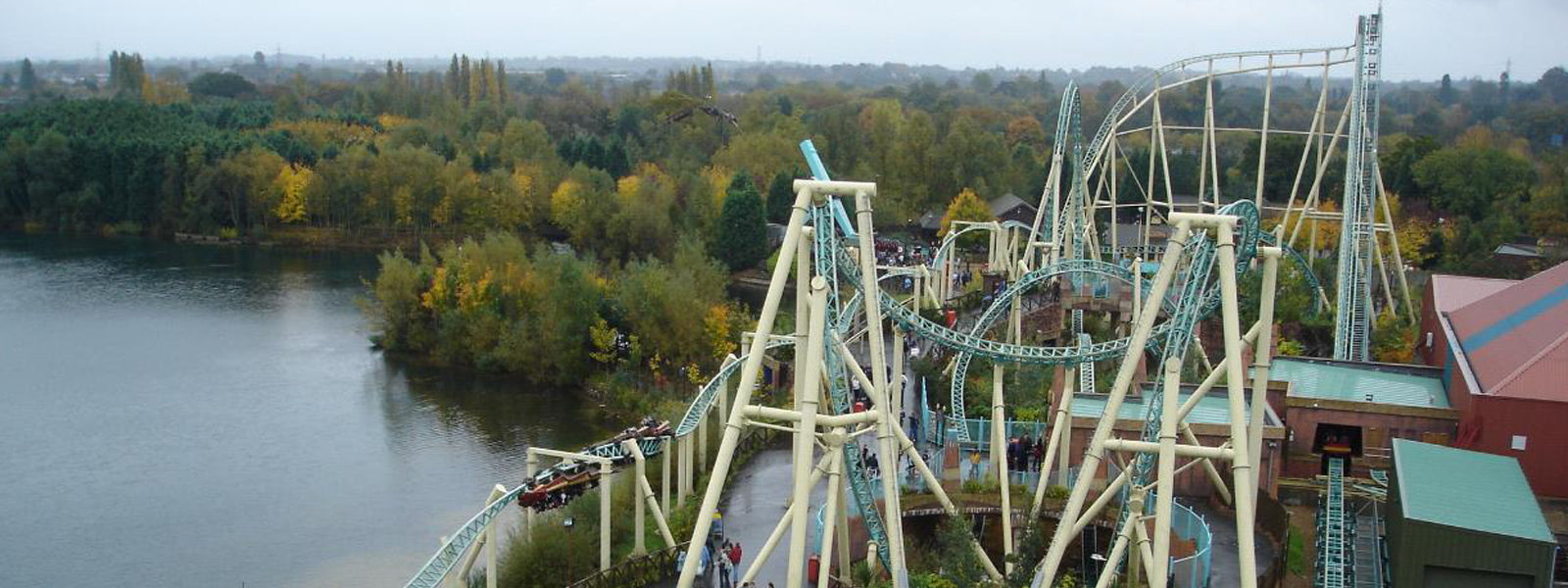
Reliable weather monitoring systems are imperative for operators of any visitor attraction to ensure visitor safety, especially with structures of considerable height. Skyview Systems was delighted to partner with Emirates Spinnaker Tower construction and design team, Heritage Projects (Portsmouth) Limited prior to completion of the project in 2005, to install a sophisticated, bespoke wind monitoring system to facilitate safe operations for one of the UK’s most impressive viewing towers.
About Emirates Spinnaker Tower
Emirates Spinnaker Tower was built as a prestigious Millennium Project and is Portsmouth’s most prominent landmark to date. The Tower has welcomed over 3 million visitors since opening in October 2005, as well as playing host to many corporate events, parties and even weddings. The Tower can be seen from some 23 miles away, overlooking all of Portsmouth and its neighbouring towns and suburbs, with dramatic views of Portsmouth Harbour, Gunwharf Quays, Portsmouth Historic Dockyard and city centre.
Emirates Spinnaker Tower offers a range of weather dependant activities all year round. As well as climbing the viewing towers, thrill-seekers can book one of the Tower’s 100 metre abseiling experiences or try “The Drop”, which gives those brave enough to have a try the feeling of free-falling from a platform 25 metres above sea level - with a harness and rigging to ensure a safe landing.
The Challenge
Emirates Spinnaker Tower’s structural engineering is extremely complex due to its unique shape and design. Its height and coastline location means that the tower can be subject to fierce weather conditions with wind speeds of up to 30 m/s. The structure stands at 170 metres and in high winds, the Tower can flex approximately 150mm. There are 570 steps from the base up to View Deck 3, the Sky Deck. Standing at an impressive 110m high, the Tower’s highest view point is open to the elements. The team at Spinnaker required a sturdy wind monitoring system that would allow them to closely monitor any changes in wind speed and direction and enable them to close the Tower if necessary.
Our Solution
Having worked with clients such as the London Eye, Thorpe Park and Blackpool Pleasure Beach, our Skyview engineers have a solid understanding of the complexities involved in working with such an unusual structure at such height, whilst adhering to complex health and safety requirements.
Visitor attractions must adhere to stringent legislation, including the European standard EN 13814:2004 on fairground and amusement park machinery structures and HSG175 - The Health & Safety Executive “Fairgrounds and amusement parks - Guidance on safe practice” - both of which specifically highlight the requirement for effective weather monitoring.
From our first site survey, it was evident that due to the Tower’s structure and height, it would not be easy to reach. The system therefore needed to be as robust and as low maintenance as possible, whilst remaining sympathetic to the aesthetics of the Tower.
The main wind sensors used, the Ultrasonic Wind Sensors (OMC-118), are constructed with robust stainless steel and have virtually no moving parts, therefore requiring little on-site maintenance. The sensors provide accurate real-time windspeed readings, allowing operators to make crucial operational decisions.
Wind readings need to be taken from multiple locations, of which only two could be located on the ribs of the Tower. Skyview therefore installed a third sensor on a tall council office building in the area, allowing weather data to be sent across to Portsmouth Council and shared throughout the town.
Ultrasonic Wind Sensors were fitted with an OMC-137 Wind Display, which clearly indicates the wind direction with a double LED circle with the average direction and variation. Numerical icons inform of maximum and minimum wind speed, as well as warnings and system malfunction alerts. The display can be set to read at varying intervals of time, and in different units of measurement, and can read up to four sensors at any one time.
The system also required a self-sufficient power source. Two sp75W solar panels were used along with an 80 amp gel battery, with all connections encased in a suitable enclosure, and installed on a sturdy 6.5m tilt over mast.
Satel Radio modems were installed together with a di-pole antenna and cable to allow the data from the sensors to be transferred over greater distances for analysis.
Finally, Skyview’s bespoke Skymet-i software allows users to log real time and historic data. Maximum wind speed data from the sensors along with average wind direction measurements are used to calculate a fourth “virtual” weather station, which simulates parameters on the tower itself and sounds an alarm if lift activities need to be stopped.
With such intricate equipment in place for their protection, visitors are in safe hands to experience an exceptional day out and end their day on a high.


